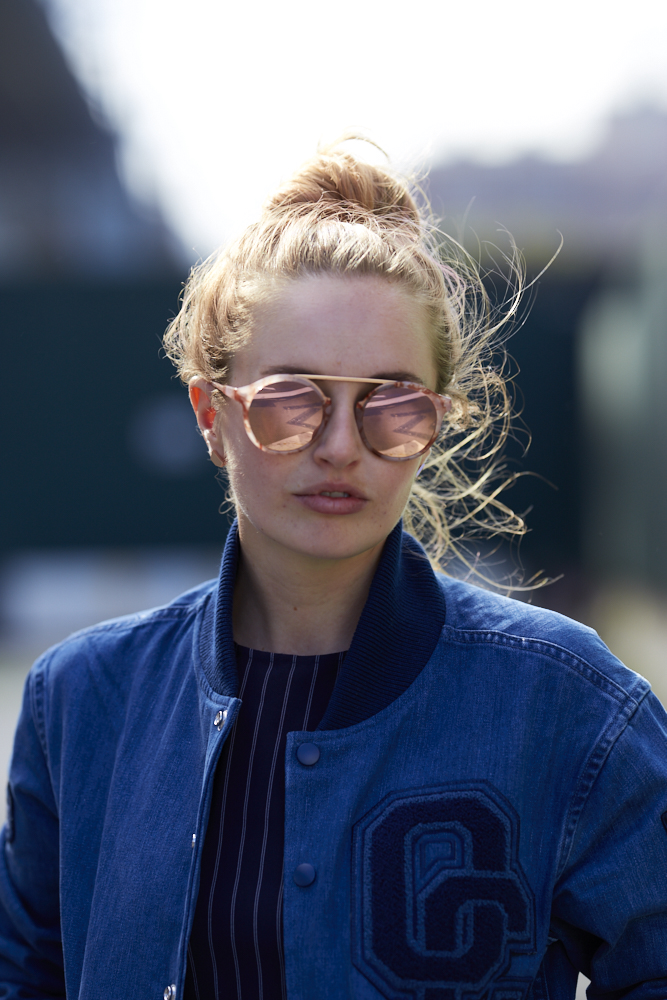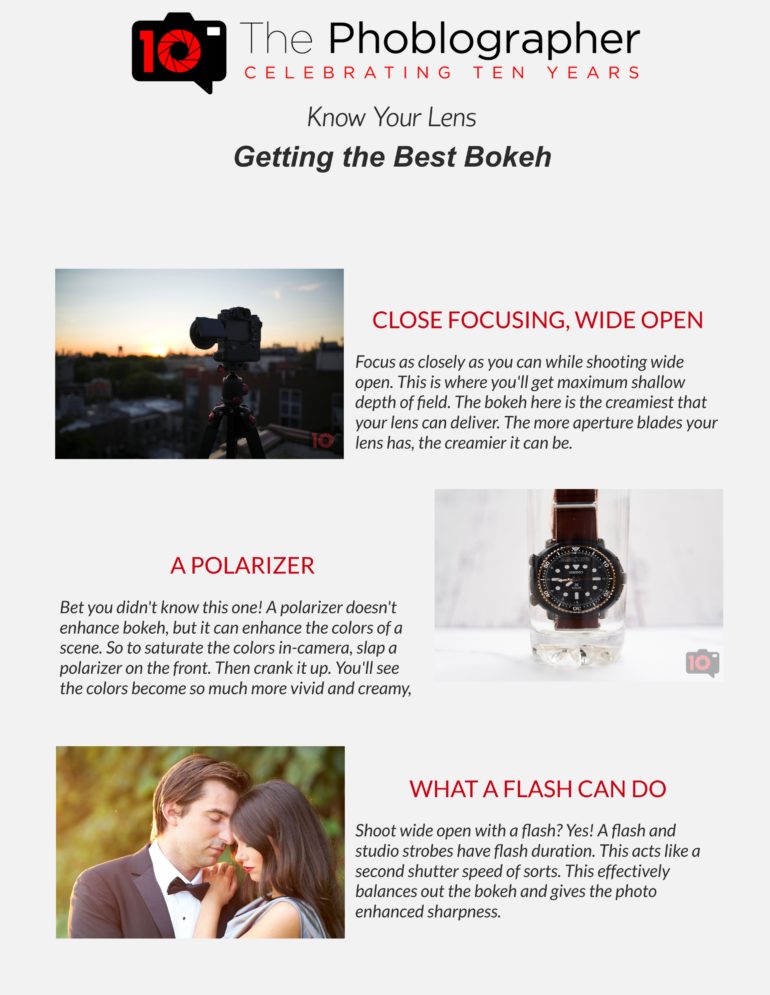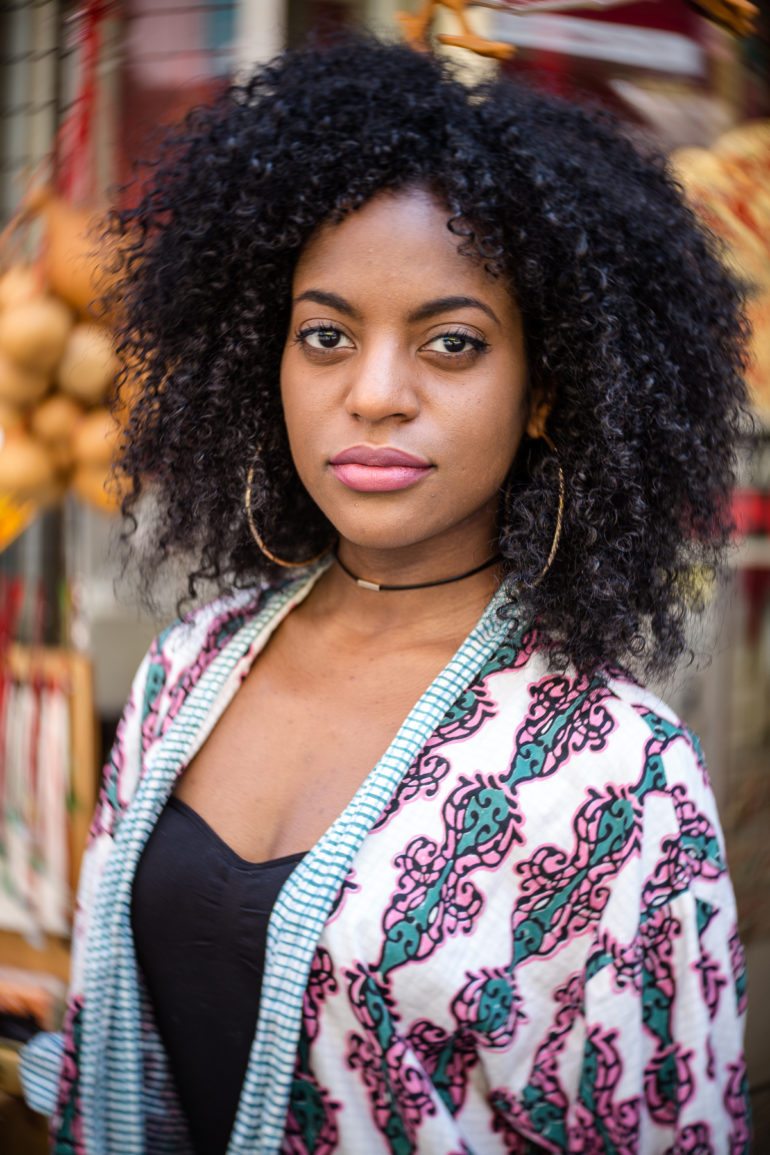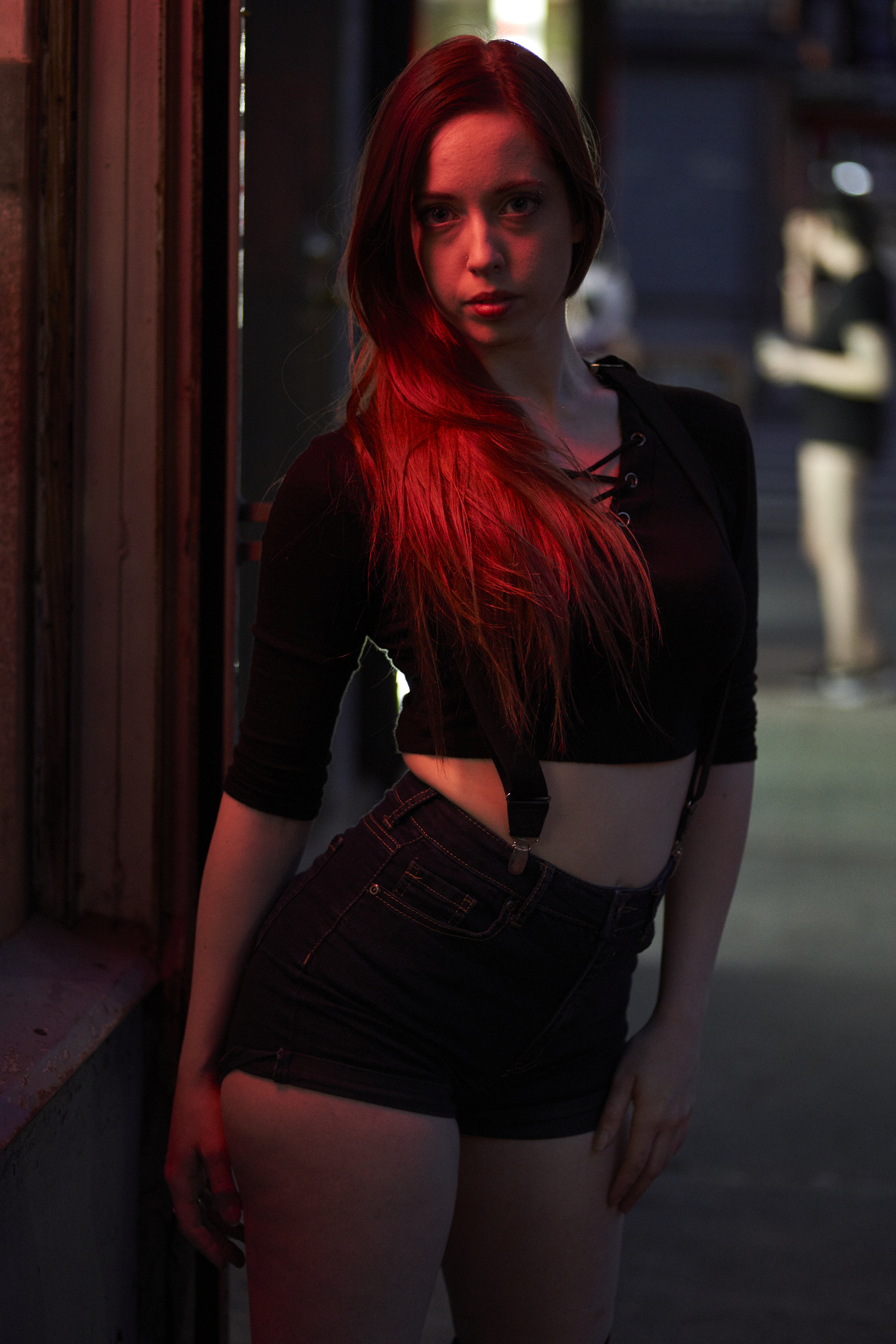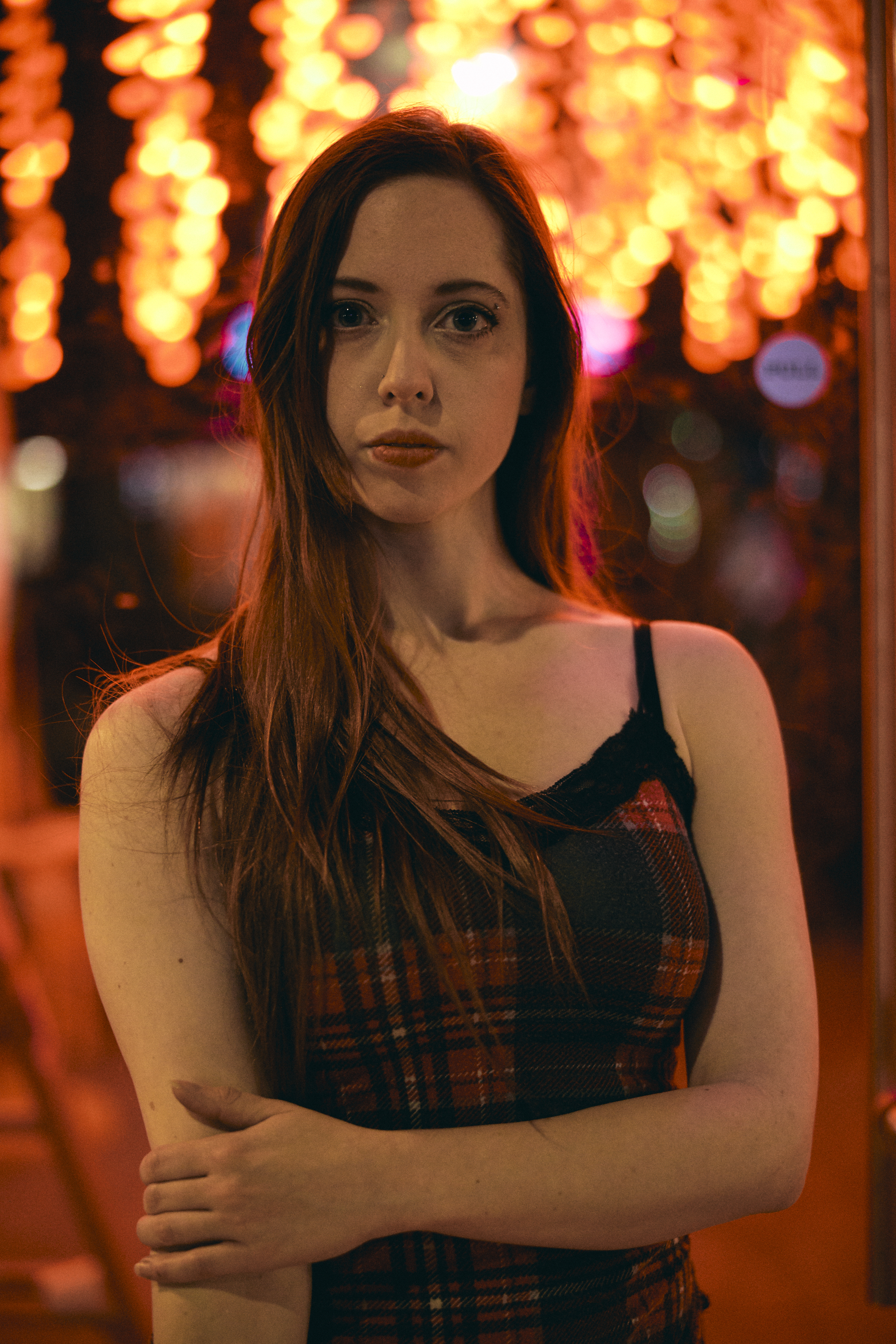Last Updated on 09/13/2020 by Mark Beckenbach
How to get the best bokeh from your lens isn’t rocket science, but it isn’t apparent either.
We all love fast aperture lenses. In the past decade, they’ve gotten so much better too. The Japanese, Korean and German manufacturers have an obsession with achieving gorgeous bokeh. So does the company that makes your phone, but they do it in a far different way. We’d all like better bokeh from our lenses. And the key to it is to do a bit of trickery. Today’s Cheat Sheet focuses on how to get better bokeh from your lens. One of these steps is obvious, but we’re sure you haven’t tried the others.
The Aperture Blades and Better Bokeh
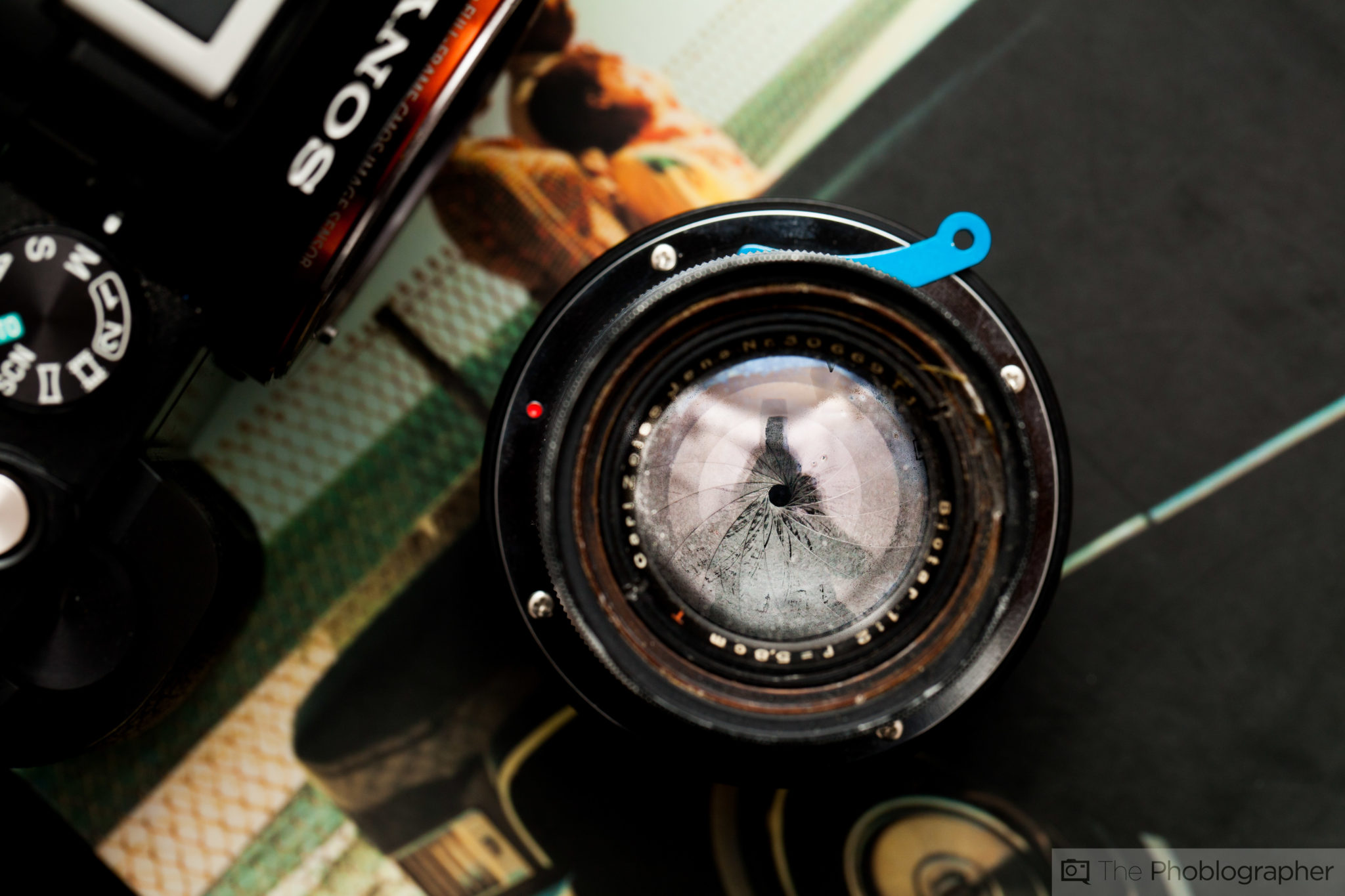
The quality of your bokeh depends on a few factors. Of course, you need a fast aperture lens. Sometimes it has to do with the lens elements. But a big factor is the aperture blades. Though I’ve never fully confirmed this with engineers, the more aperture blades there are in a lens, the more circular and smoother the bokeh can be. Many high-end, modern, autofocus lenses have 11 aperture blades. But some vintage lenses have somewhere around 17 aperture blades. The point is to create an iris that has a perfect circle. Cheaper lenses have 5 aperture blades, but most lenses hit the sweet spot with around 7 or 9 blades. Manufacturers have found that most consumers are content with that number.
Some older lenses also have a swirly bokeh to them. You’ll see this a lot more in vintage lenses, but some new ones have it too. It adds character and is most apparent when used wide open. Before I go on, I should get this out of the way; don’t try to Photoshop or Luminar the bokeh. Embrace the lens for what it is.
The Lighting and Better Bokeh

Lighting is everything when trying to emphasize the bokeh in a photo. The infographic talks about using a flash. It works by having the flash duration act as another shutter speed to overpower ambient lighting. With your subject in focus, this makes the out of focus areas darker. Constant light can sometimes work if you have enough shadow coverage to emphasize it, but you can do it in other ways too. In the photo below, we’re abiding by Steve McCurry’s Rules of Portraiture. The big one here is using only three colors. Chelsie is bathed in red. The background is a mix of orange and blue. By making the bokeh (out of focus areas) another color, you’re also making it more apparent and emphasized. Combine that with the right lens, and you’re in business!
We’ve got another example below where the bokeh and the subject are the same color. If you’re shooting at night, know that your flash is balanced to daylight. More often than not, it will contrast with ambient lighting at night. The bokeh in the photo below is emphasized because it’s just so darned bright. It’s bathing her in light. But if it were blue or another color, it would stand out so much more.
Remember: You Have Other Apertures
Lastly, even though you’ve got a wide-open aperture and can create superb bokeh, don’t forget about the rest. If your lens has other apertures, you can use them to tell better stories.
The Phoblographer’s Cheat Sheets are made with Visme.


